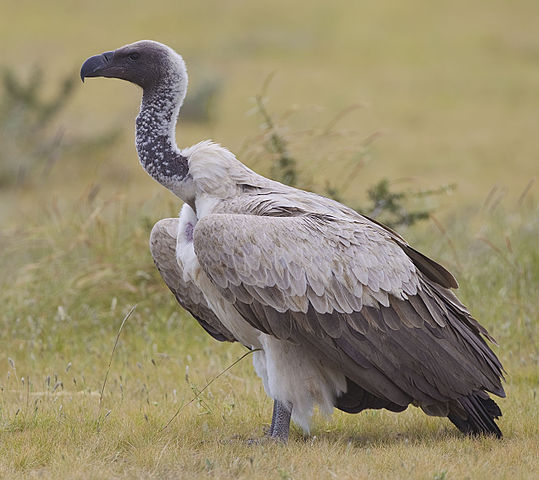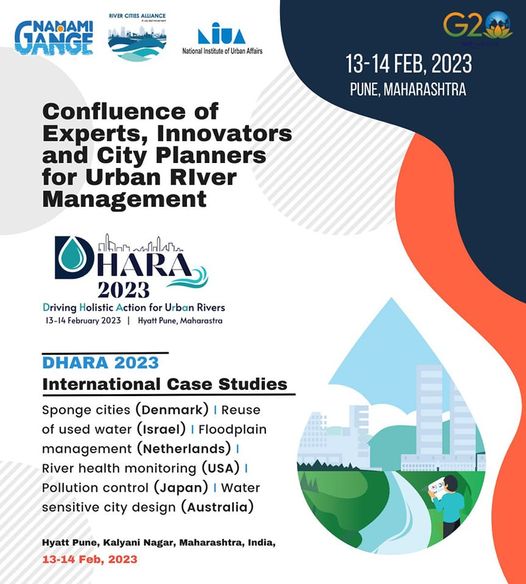16-Mar-2023: Vulnerability to climate change
A report titled ‘Climate Vulnerability Assessment for the Indian Himalayan Region using a Common Framework’ (2018-19), published under the ‘Capacity Building on Climate Change Vulnerability Assessment in the States of Indian Himalayan Region’ project of the Department of Science and Technology, Government of India, was submitted by IIT, Guwahati, IIT, Mandi and Indian Institute of Science, Bangalore. As per this report, Assam has the least area under irrigation (in percentage terms), least forest area available per 1,000 rural households and the second lowest per capita income among the 12 States/ UTs of the Indian Himalayan Region.
The report has assessed Assam as the most vulnerable to climate change among the 12 States/ UTs of the Indian Himalayan Region.
The Government of Assam has, in consultation with its line departments, revised the State Action Plan on Climate Change (SAPCC) as per the guidelines of the Ministry of Environment, Forest and Climate Change (MoEFCC), Government of India and in alignment with India’s Nationally Determined Contribution (NDCs), Sustainable Development Goals (SDGs) and other national and international goals. The Assam State Action Plan on Climate Change (version 2.0, 2021-2030) mentions that continued warming of the atmosphere and ensuing changes in precipitation pattern is impacting the State’s water resources, agriculture, forest, its unique bio-diversity and the habitats where people live.
Government of India stands committed to combating climate change. The Government is implementing several programmes and schemes including the National Action Plan on Climate Change (NAPCC), which comprises missions in specific areas of solar energy, energy efficiency, water, sustainable agriculture, Himalayan ecosystem, sustainable habitat, health, green India and strategic knowledge for climate change. The NAPCC provides an overarching framework for all climate actions.
Indian Minister Visits Vulture Conservation and Breeding Centre to Plan for Reintroduction of Endangered Species into the Wild.
White-backed Vulture
The Hon’ble Minister of Labour & Employment and Environment, Forest & Climate Change, Government of India recently visited the Vulture Conservation and Breeding Centre in Pinjore. The Minister announced plans to release vultures in the wild after breeding and promised technical and financial support for the Jatayu Vulture Breeding Centre.
The centre aims to establish a founder population of 25 pairs of each of the three species of vultures and produce a population of at least 200 birds of each species to be reintroduced into the wild. Oriental white-backed Vultures are expected to be released in the wild during 2023-24 and will be closely monitored with satellite transmitters to ensure they adjust well to wild conditions and avoid diclofenac poisoning.
The Jatayu Conservation Breeding Centre was established to investigate the decline in the population of the three India’s Gyps species of vultures. The Centre coordinates the Zoo of Central Zoo Authority for Vulture Conservation Breeding Programme and monitors the prevalence of vulture toxic drugs through cattle carcass samplings. The Centre will provide founder stock of vultures to other Vulture Conservation Breeding facilities in the country.
The centre also promotes wildlife tourism and generates awareness among students for wildlife and environment by importing exotic birds and animals into Haryana from other states at Pipli, Rohtak, and Bhiwani Zoos.
The National Mission for Clean Ganga (NMCG) and the National Institute of Urban Affairs (NIUA) recently organized the annual Driving Holistic Action for Urban Rivers (DHARA) meeting for members of the River Cities Alliance (RCA).
DHARA 2023 offered a platform for co-learning and discussing local water body management solutions. DHARA 2024 will be held in Gwalior, Madhya Pradesh.
The Ghat Par Yoga session, a new Namami Gange Programme initiative, was also held on the Mulla Mutha River in Pune, with strong connections to the Urban20 (U20) program linked to India's G20 Presidency.
It was proposed that all cities should have natural fillers as part of the Catch the Rain campaign, launched on World Water Day 2021.
Driving Holistic Action for Urban Rivers (DHARA)
Driving Holistic Action for Urban Rivers (DHARA) is an initiative launched by the Indian government in 2021 with the aim to revive and rejuvenate the polluted urban rivers in the country. It is a part of the National River Conservation Plan and is being implemented in collaboration with the National Mission for Clean Ganga (NMCG).
The DHARA program seeks to adopt a holistic and integrated approach towards the restoration of urban rivers. It involves several measures such as reducing pollution from various sources, promoting water conservation, rejuvenating wetlands, enhancing the riverfront areas, and improving the overall ecosystem of the rivers.
Under this initiative, the government plans to cover 50 urban rivers across the country, which are currently heavily polluted due to the discharge of untreated sewage, industrial waste, and other harmful substances. The program aims to improve the water quality of these rivers and make them suitable for various purposes such as bathing, boating, and other recreational activities.
DHARA also seeks to involve local communities in the restoration process and create awareness among them about the importance of preserving the natural resources. The program plans to encourage public participation in the form of volunteering, conducting cleanliness drives, and promoting eco-tourism.
The DHARA initiative has received a positive response from various stakeholders, including environmentalists, urban planners, and policymakers. It is seen as a significant step towards achieving the government's target of making India a clean and sustainable country.


